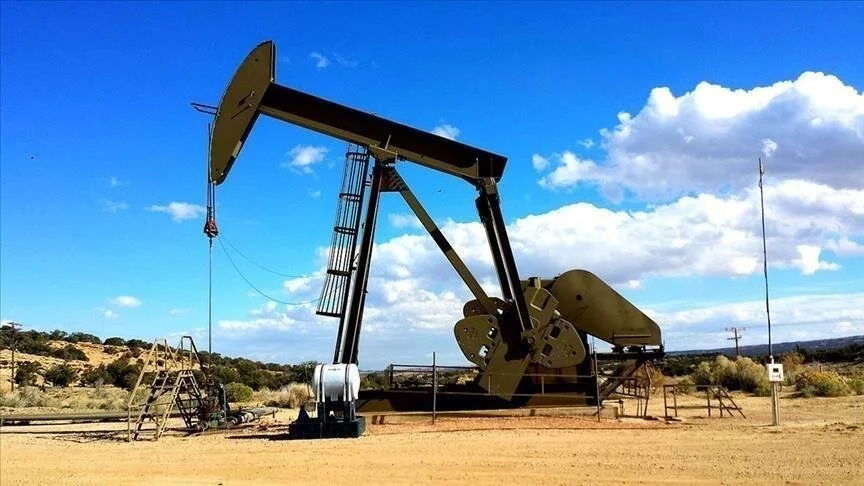ANKARA
Oil prices increased on Thursday due to supply concerns fueled by Russia’s decision to implement output cuts and the unsuccessful attempts to bring about a cease-fire in the Gaza Strip.
International benchmark Brent crude traded at $85.70 per barrel at 10.46 a.m. local time (0746 GMT), a 33% rise from the closing price of $85.41 per barrel in the previous trading session.
The American benchmark West Texas Intermediate (WTI) traded at $81.72 per barrel at the same time, an 0.45% increase from the previous session that closed at $81.35 per barrel.
Ongoing geopolitical tensions continue to bolster oil prices by increasing the risk of supply disruptions.
Ukrainian drone attacks on the Novoshakhtinks plant, the biggest oil refinery in southern Russia, sparked supply concerns with major oil routes coming under threat, boosting prices due to fears of output cuts in Russia, one of the world’s biggest producers.
Meanwhile, the failed attempts for an immediate cease-fire in Gaza escalated tensions in the Middle East, where most of the global oil resources are located, causing supply concerns.
The UN Security Council passed a resolution on Monday demanding an immediate cease-fire in Gaza during the Islamic holy month of Ramadan.
While Hamas welcomed the move, Israel rejected the truce demand and vowed to continue its offensive until “total victory” is achieved.
Israel’s decision also triggered concerns that the Houthis will continue their attacks on commercial ships in the Red Sea, one of the world’s busiest maritime routes for oil and fuel shipments.
However, the strengthening of the of the US dollar against other currencies limited further price rises with expectations of a demand curb.
The US dollar index increased by 0.14% to 104.48. A strong dollar is projected to limit demand by making oil more expensive for foreign currency users.
Data showing that US commercial crude oil and gasoline inventories increased last week also reflected weak demand and limited the upward movement of prices.
The US Energy Information Administration (EIA) announced that commercial crude oil inventories in the country increased by about 3.2 million barrels last week, while gasoline inventories increased by about 1.3 million barrels.

